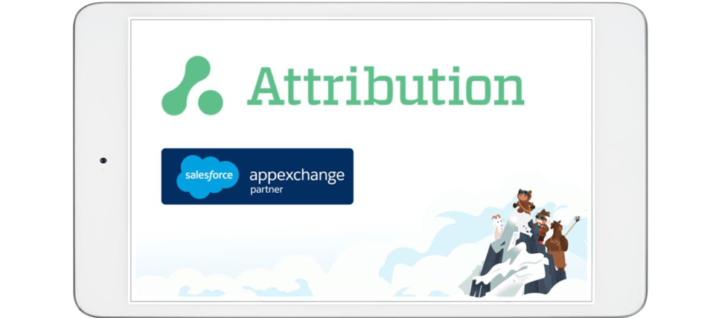
For instance, some tools focus specifically on online channels, while others cover both online and offline.


Make sure the tool can work with all the marketing channels you are using. Ensure you invest in a tool that covers what you need. Some only focus on mobile apps and go deep on them, for instance. This is a key thing to understand because some attribution tools don’t handle attribution across multiple devices. Just make sure you’ve done your homework and checked which models the tool offers.Ĭustomer journeys can sometimes involve several devices, and so someone might first interact with your business on mobile but eventually buy from you on a desktop. Our sister company’s consulting team has worked with companies where the preference for an advanced model even led to building custom solutions for attribution, instead of using tools.Ĭustom solutions are complex to maintain, so we do recommend using an attribution tool instead. This is especially true with advanced attribution models such as Shapely or Markov chain. Each tool has their preferred attribution models to use, and you don’t usually get the choice of using any model you like. But once you learn about all the models you could use, you may be surprised that you can’t just use them in any tool. We have a standalone deep dive into multi-touch attribution models and concepts. If you want to find the best one for your particular team and marketing, there are a few things you need to look out for. What You Need to Consider When Choosing a Multi-Touch Attribution ToolĮach of the available marketing attribution tools works best for a specific use case. AppsFlyer specializes in mobile attribution, and then happily integrates with Amplitude Analytics, so that the reporting can happen in the robust context of Amplitude. For instance, AppsFlyer integrates and partners with Amplitude Analytics because AppsFlyer doesn’t try to build full-picture reporting. What usually happens is that the attribution tool does have some reporting, but doesn’t focus on it the way an analytics tool would. It will then run the collected data through a model you choose and give you an overview of each touchpoint in the customer journey and how they contribute to your ROAS.Īnother interesting part about attribution tools is how they work with your reporting and analytics. In any case, once you’ve set these up, the multi-touch attribution tool will cross-reference the data. You generally create these UTMs yourself, and the data within the UTM will give you lots of helpful data on the person clicking the link. UTMs - UTMs are little bits of data that you place on the end of your URLs.That’s because APIs will help you pull data out of CRMs and other tools, and pour them right into your attribution models. APIs - Data collection via APIs is incredibly helpful.This snippet will then send the information back to the tool.
#Multi touch attribution vendors install
.jpg)
When picking the tool, consider a few key factors including: your preferred attribution models, integrations (data sources), marketing channel mix, or pricing. Different multi-touch attribution tools work for different use cases.The tools collect data using JavaScript, APIs, or UTMs, and then run it through different models to deliver insights about how different touch points affect different stages of the buyer’s journey.The tools help you optimize campaigns and improve ROI. Marketing attribution tools are designed to help marketers understand how each touchpoint in the customer journey contributes to conversion.


 0 kommentar(er)
0 kommentar(er)
